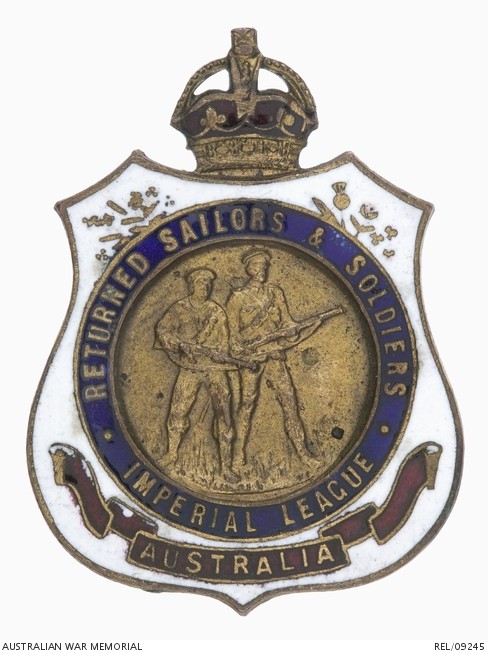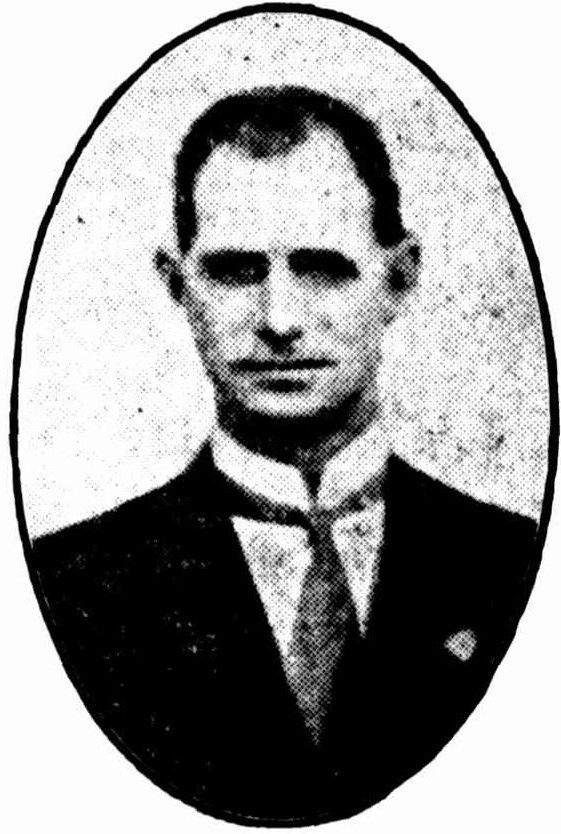When “X. Lamb” unexpectedly announced that the “Tamam Shud” Unknown Man was a certain “H. C. Reynolds” (whose merchant seaman’s ID card she had), I’m sure that she was utterly convinced of the truth of what she was claiming, and that she believed it was simply a matter of time before evidence properly supporting it would emerge.
Indeed at first sight, it seemed both to me and others as though it ought to be fairly straightforward to test her claim. After all, we had a very specific data point to work with (admittedly surrounded by a whole load of media and online speculation, most of it unhelpful and distracting) – a name, a face, a date and a place of birth (Hobart, Tasmania).
Eventually, thanks mainly to solid work from Cheryl Bearden, we determined that this “H. C. Reynolds” was born in February 1900 and had the middle name Charles (which he clearly preferred to his as-yet-unknown first name “H[—–]”): and we were able to reconstruct his brief career as a merchant seaman working for the Union Steam Ship Company, the “Southern Octopus”. It was clear that this Reynolds was no fantasy, but a real flesh-and-blood person: and so, in theory, all we had to do was dig up a link between his maritime career and his life on land, and bingo – all his life would be spread before us.
Pursuing this fairly slender reed of a lead yet further, I managed to discover (from his employee records) his exact date of birth (8th February 1900): and, from the ever-useful “Log of Logs”, that ships’ logs for two of the three ships Reynolds worked on could be found in two different Australian archives. Very kindly, both Diane O’Donovan and John Kozak took the time to go and look at these two log books (one each), and found… nothing. Nada. Zero. And that, I strongly suspected at the time, was going to prove the end of the whole affair: for whatever reason, this H. Charles Reynolds seemed doggedly determined to stay just out of our archival reach. It felt hard not to conclude that we’d never be able to convincingly prove or refute X. Lamb’s assertion that he was the Unknown Man found mysteriously dead on Somerton Beach on 1st December 1948.
Frustratingly, it had been reported early on that a similarly-named-but-apparently-quite-different H. C. Reynolds (a “Horace Charles Reynolds”) had been born in Triabunna on Tasmania on 12th February 1900. But once we knew that “our” H. C. Reynolds had been born on a different day in the same month fifty or so miles away in Hobart, this was a fact that became pigeonholds in the ‘curiously coincidental but annoyingly unhelpful‘ category. And anyway, it was also reported that this particular Horace Charles Reynolds had been a poultry farmer, and that (when asked) his family didn’t believe that he had ever gone to Adelaide, let alone gone to sea. Oh well. 🙁
Step forward Debra Fasano: though a little late to the whole H. C. Reynolds party, she carved a path through the fuzz of uncertainty straight to an extremely reliable source – the “Tas BDM” (Tasmanian Births, Deaths, and Marriages) indexes on CD. And the entry she found there turned the whole story round:-
Tasmanian Federation Index 1900-1930 (CD)
Author: Macbeth Genealogical Services
Year: 2006
ISBN: 1920757082
Surname: REYNOLDS
Given name: Horace Charles
Event: Birth
Father: Edwin REYNOLDS
Mother: Mary Ann Matilda BAYLEY
Date: 8 Feb 1900
Sex: Male
Place: Davey Street, Hobart
Registration Number: 200
And with that, all the pieces finally start to fall into place. There weren’t two Horace Charles Reynolds-es born in or near Hobart in February 1900: there was, without much doubt, just the one. Debra adds:
“When looking for Horace’s birth I had a good search of the indexes and couldn’t find anyone else with a similar name, initials, or anything else that might be relevant. I am really strict about evidence and I do think that he is the person who was working as a Purser.”
As to when this Horace Charles Reynolds died, there’s a death notice in the Hobart Mercury (18 May 1953), which seems very probably the same man:-
REYNOLDS. -Suddenly, on May 16, 1953, at a private hospital, Hobart, Horace Charles Reynolds, late of Brookvale, New South Wales, aged 53 years. Private cremation.
We knew that our H. C. Reynolds was born in Hobart and got his first job in Hobart: and from this notice, it seems almost undeniable that Hobart was where he died too.
I say “almost”, because there are a few matters that remain half-open, not least of which is the matter of Reynolds’ family apparently denying that the photo was of him. I wonder, though: had someone seen a quite different Horace Reynolds from Wooroloo who died in 1954 (as per The West Australian Monday 15 March 1954 p 30) and put the two stories together? That particular Horace Reynolds was born 10th April 1903, was NX69883 in the 2nd AIF, and was a farmer married to Elizabeth. My guess is that he will turn out to be the “poultry farmer” mentioned very early on, someone quite different to the one we were actually looking for.
The Tasmanian Horace Charles Reynolds appears to have had no children: but if even if didn’t marry, it’s entirely possible that we could trace his immediate family right to the present day and perhaps ask them if we could find a photo of him – after all, 1953 wasn’t really so very long ago, was it?
Debra Fasano notes that Reynolds had two older brothers:
* Oswald Bayley Reynolds (b. ~1891) was a billing clerk who rose to become a senior bank administrator.
* Archibald Henry Reynolds (b. 1895) was (according to the 1930 and 1933 NSW electoral rolls) a clerk living in Carter Road at Brookvale in NSW.
I also noticed in Trove that Mrs Edwin Reynolds stepped down as Treasurer of her local Triabunna town committee in 1898, so it should perhaps come as no great surprise that Horace Charles Reynolds started out as an Assistant Purser, for he came from a veritable family of clerks. (Or do I mean “a fastidity of clerks”? I never can remember collective nouns).
Finally, Debra notes that a “Charles Reynolds” was also living in Carter Road in the 1930s, and working as (you guessed it) a clerk. Given that we know that our H. Charles Reynolds was already signing himself “Charles Reynolds” by 1919, and that the Horace Charles Reynolds who died in 1953 had been living in Brookvale, what are the odds that these are all pieces of the same cussedly consistent jigsaw? If there is a chink somewhere in this logical chain-mail armour, I have to say that I can’t currently see it.
Anyway, I’ve already been told off once this week for a ‘TL;DR’ (“Too Long; Didn’t Read”) post, so I’d better bring this to a close here. Perhaps someone will be able to use these details to ferret out a living relative of the various Reynolds brothers, and perhaps try to dig up a separate photograph of Horace Charles Reynolds to independently test this whole narrative. It would be nice to get proper closure on this, even if it isn’t quite the result some may have hoped for.
By the way, if you do decide to try to trace this all the way to the end, Debra suggests a number of surnames connected with the Reynolds family that may be of assistance:-
LESTER
VALENTINE
SHEA
SPENCER
FLETCHER
DENNE
ROLSTON
PAGE
TATE
MULLANE
LEVY
ALOMES
HARDY OR HARDING
Happy hunting! 😉

